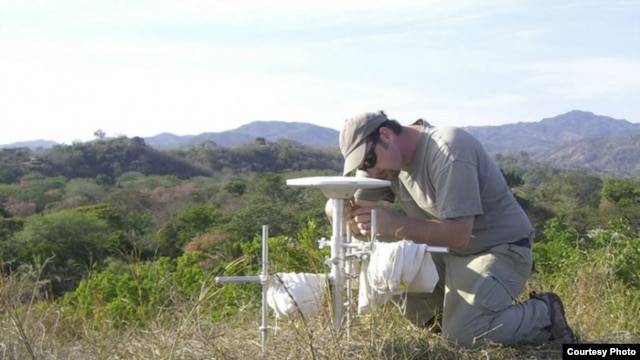deltat
Member
- Apr 18, 2010
- 43
- 1
- 6
Lightscion, and others who fought the C.I.A., might be found as victims of a weaponized earthquake in Brussels, Belgium soon.
https://sites.google.com/site/lightsciontdeflo/author
https://sites.google.com/site/lightsciontdeflo/author



